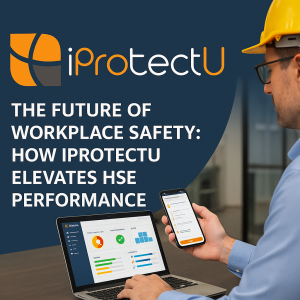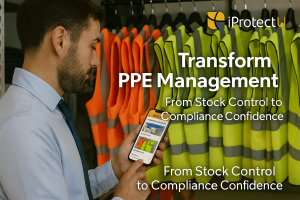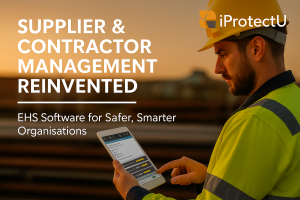Health and Safety Software » Health and Safety Software News » Health and Safety » Event Safety Management
Event Safety Management

Event Safety Management involves the process of identifying and mitigating potential risks and hazards, with the aim of protecting attendees, staff, and property at events. It involves a wide range of activities, including risk assessment, emergency planning, communication strategies, and the implementation of safety measures.
All event projects should now follow construction health and safety considerations, including compiling the supporting documentation. This should be implemented from the initial project conception to ensure that every element is planned with safe working practices and welfare in mind (of anyone affected by the works: crew, artists, clients, audience, visitors, the public, stakeholders etc.).
The following are some of the key considerations involved in event safety management.
- Risk assessment: This involves identifying potential hazards and risks at an event, such as fire, crowd surges, or terrorist threats.
- Project planning: Each project phase should be planned carefully in advance.
- Emergency planning: This includes developing procedures and protocols for responding to emergencies, such as evacuation plans, medical response plans, and communication strategies.
- Staff training: It is essential to ensure that all staff members are properly trained and equipped to respond to emergencies and implement safety measures.
- Crowd management: This involves implementing measures to control the flow of people at an event and prevent overcrowding.
- Security measures: This includes implementing security measures such as bag checks, metal detectors, and security staff.
- Communication strategies: This includes clear signage, public announcements, and communication channels between staff. There should be clear communication between contractors and the project team during the planning stages and the construction phase.
- Post-event evaluation: It is essential to evaluate the effectiveness of safety measures and emergency response procedures after the event, with regard to future improvements.
- Documentation: Concise and relevant paperwork should be drafted for each individual event.
The iProtectU software contains an Event Safety system which has a designated location to register an event, including a descriptive overview. The system allows the user to add / view client and supplier details, emergency arrangements, site access arrangements, waste management details, risk assessments and much more, pertaining to each event. In addition, there is a secure area where relevant documents can be uploaded.
Arrange your demonstration
Let us show you how we can transform your health and safety, risk and compliance management
Please choose a date and time for your demo. We look forward to meeting with you.
Latest Updates & Information

Supporting Local Sustainability: Restoring Native Oysters to the Solent
iProtectU is proud to support the Final Straw Foundation’s Native Oyster Restoration Project, helping restore

iProtectU Featured on IBEC: The Real Truth About Choosing Health & Safety Software”
When a national voice like IBEC publishes your perspective, it matters.
This week, iProtectU
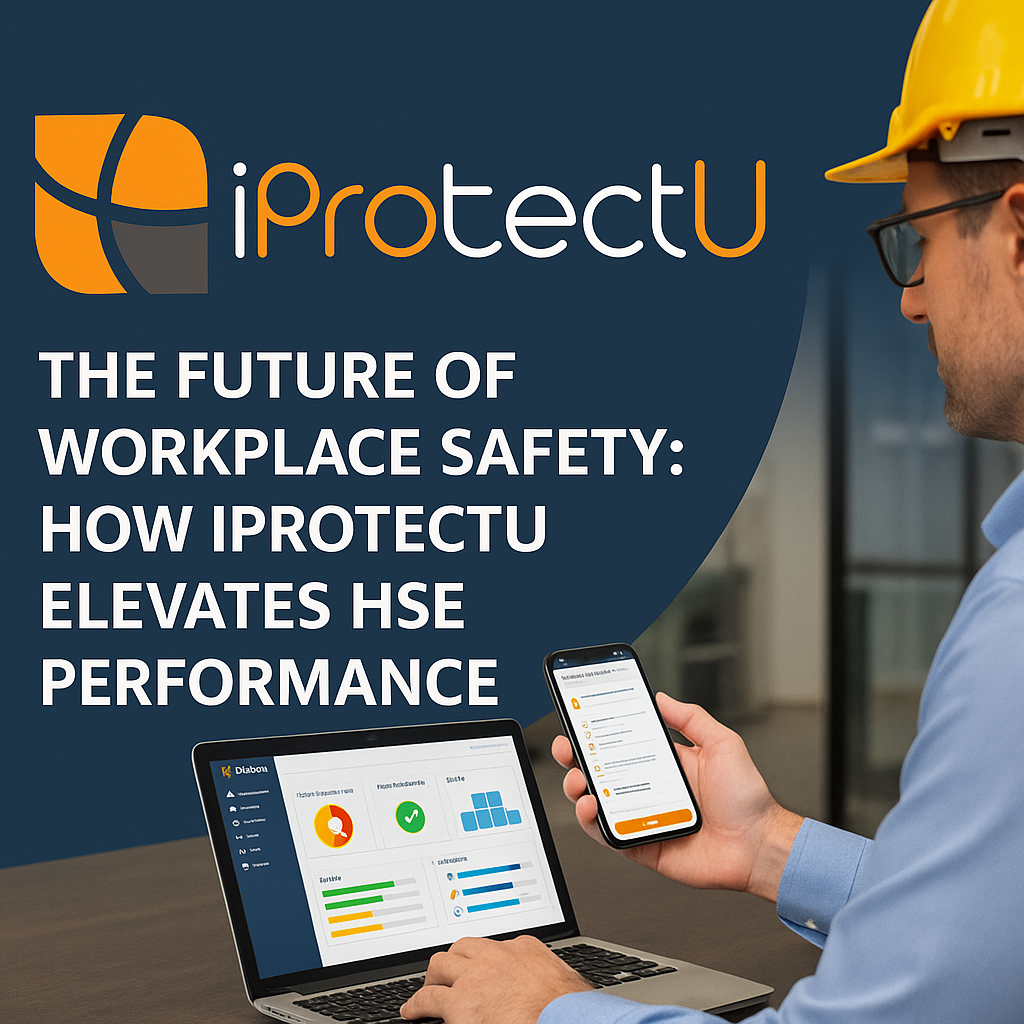
Why Modern HSE Software is Essential – How iProtectU is Shaping the Future of Safety
Modern HSE software has evolved into a strategic necessity, empowering organisations to manage risk proactively,
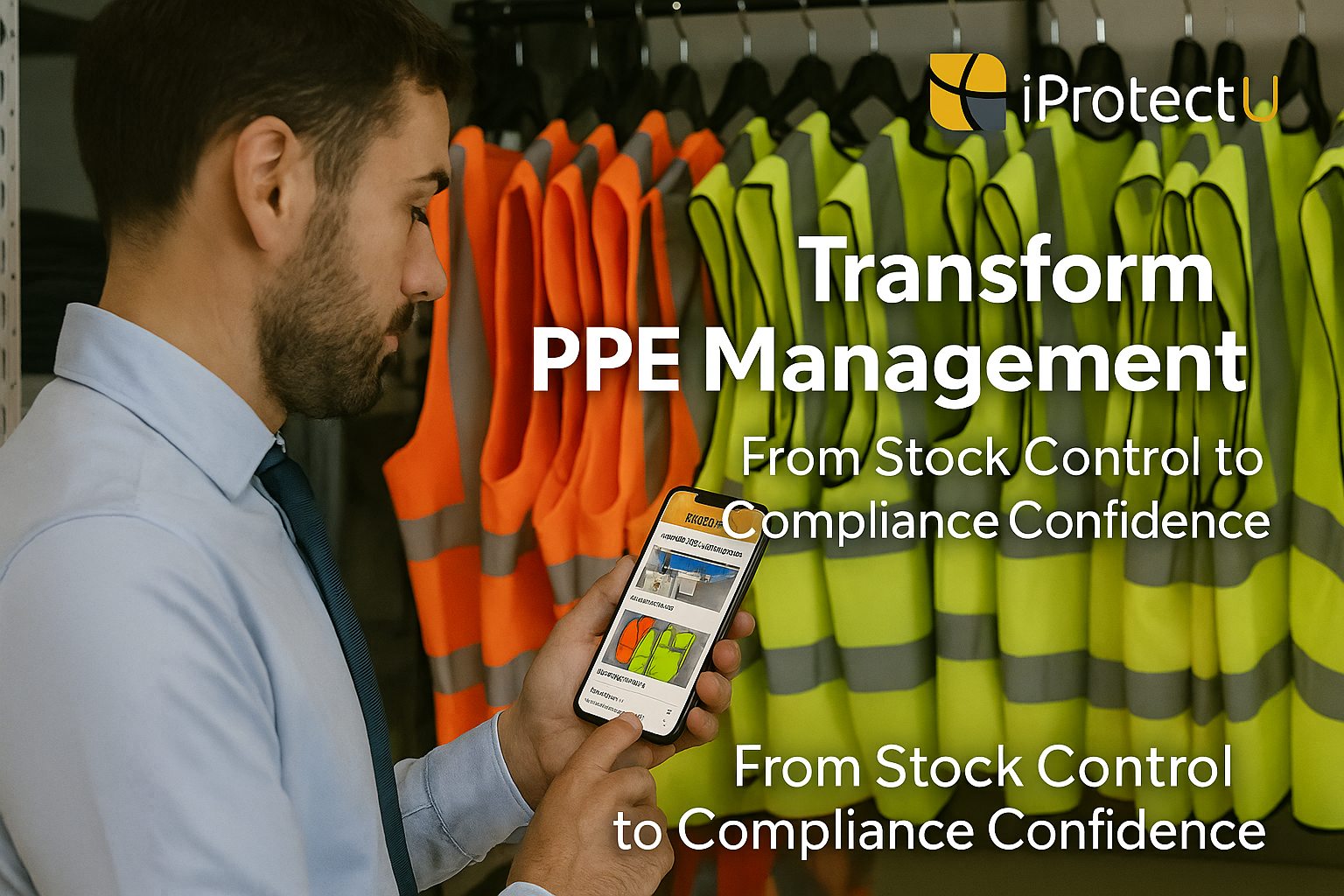
How iProtectU Transforms PPE Management: From Stock Chaos to Compliance Confidence
Managing personal protective equipment (PPE) doesn’t have to be a paperwork struggle. With iProtectU, safety

From iProtectU to Amazon: A Work Experience Success Story
From work experience to an Amazon internship. Read how iProtectU helped empower a young talent
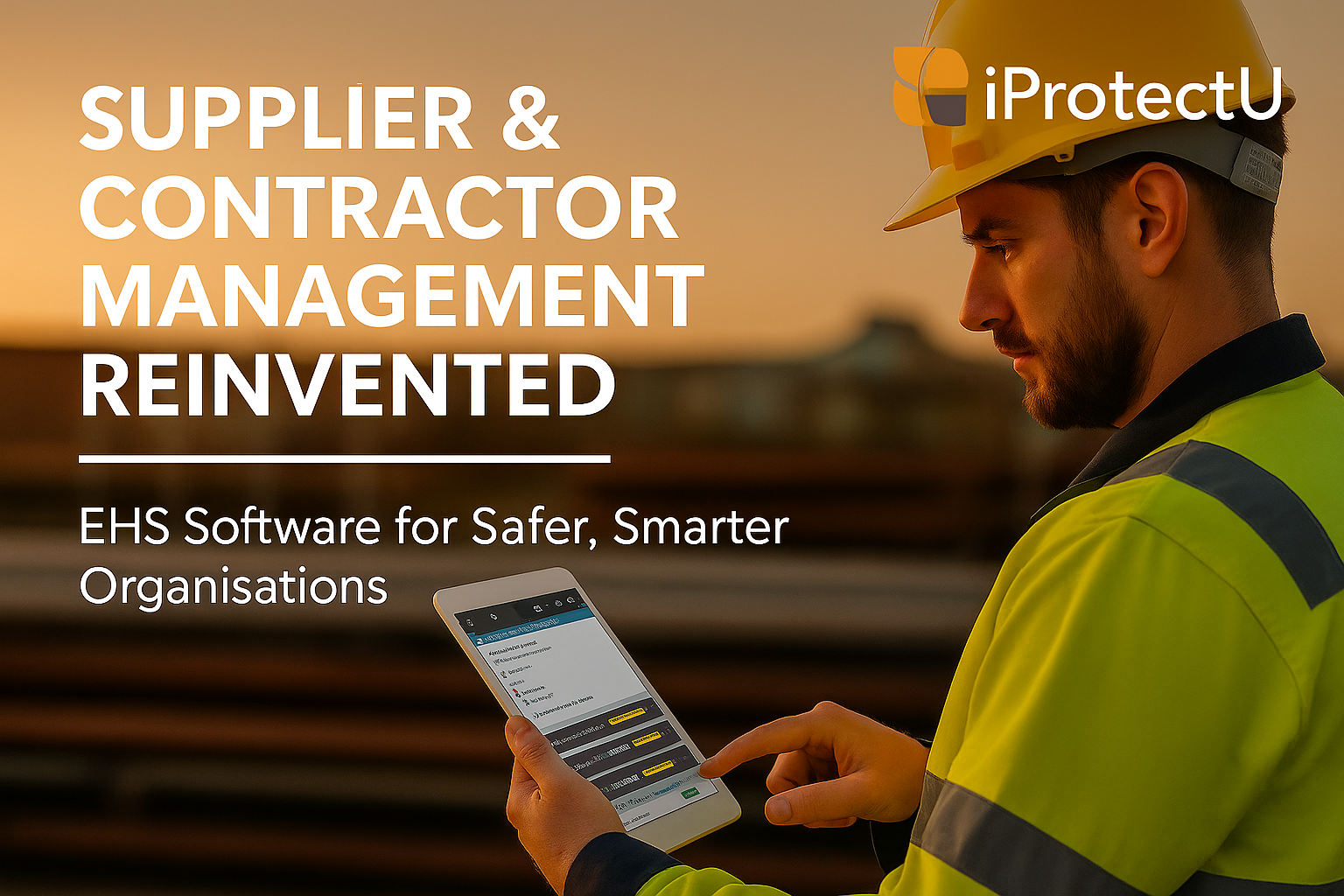
Modern Supplier & Contractor Management Software for Safer, Smarter Organisations
Modern organisations face increasing complexity when managing suppliers and contractors. Manual methods like spreadsheets and



